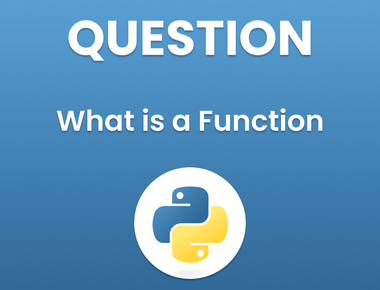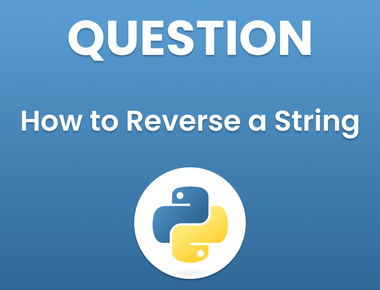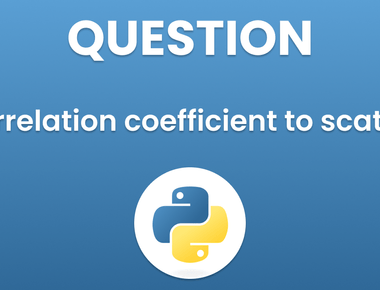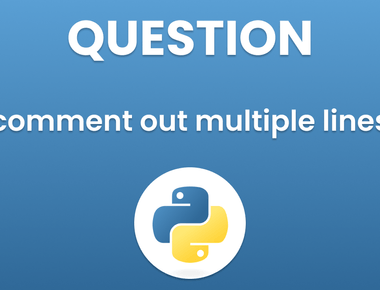
Understanding modulus % in Python can be a challenging concept to grasp, yet it’s essential for becoming an accomplished programmer. In this article, we’ll define what modulus % is, explain its functionality within Python, and provide some examples to make things clearer for you.
What is modulus % in Python?
Python’s modulus operator % returns the result of dividing two numbers by 1. For instance, 5 % 2 would return 1, since 2 goes into 5 twice with a remainder of 1. This operator can be applied to both integers and floating-point numbers alike; even negative numbers can be divided by this operator.
Modulus is commonly used in programming to check if a number is even or odd. An even number will be evenly divisible by 2, meaning the remainder when dividing by 2 will be 0. Conversely, an odd number would yield a remainder of 1.
Examples of using modulus in Python
Let’s examine some examples to understand modulus in Python. Let’s start with an easy example of checking if a number is even or odd:
x = 7if x % 2 == 0:print("x is even")else:print("x is odd")
In this example, we set x to 7 and then used the modulus operator to check if it is even or odd. Because 7 % 2 equals 1, the else statement executes and returns “x is odd”.
Another common use of modulus in programming is to wrap around an index in a list or array. For instance, let’s say we have a list of numbers and want to loop through it circularly. We can use modulus to wrap around the index:
numbers = [1, 2, 3, 4, 5]index = 0for i in range(10):print(numbers[index % len(numbers)])index += 1
In this example, we define a list of numbers and an index variable, then loop through it 10 times. We use modulus to wrap around the index when it reaches its end in the list; this allows us to loop through in circular fashion and print out each number individually.
Conclusion
Understanding modulus % in Python is essential for any programmer who aspires to write efficient and effective code. By using the modulus operator, you can perform useful tasks such as checking if a number is even or odd and wrapping around an index of a list. We hope this article has provided you with sufficient understanding of modulus % in Python.
Subscribe to our newsletter!
Quick Links
Legal Stuff
Social Media







